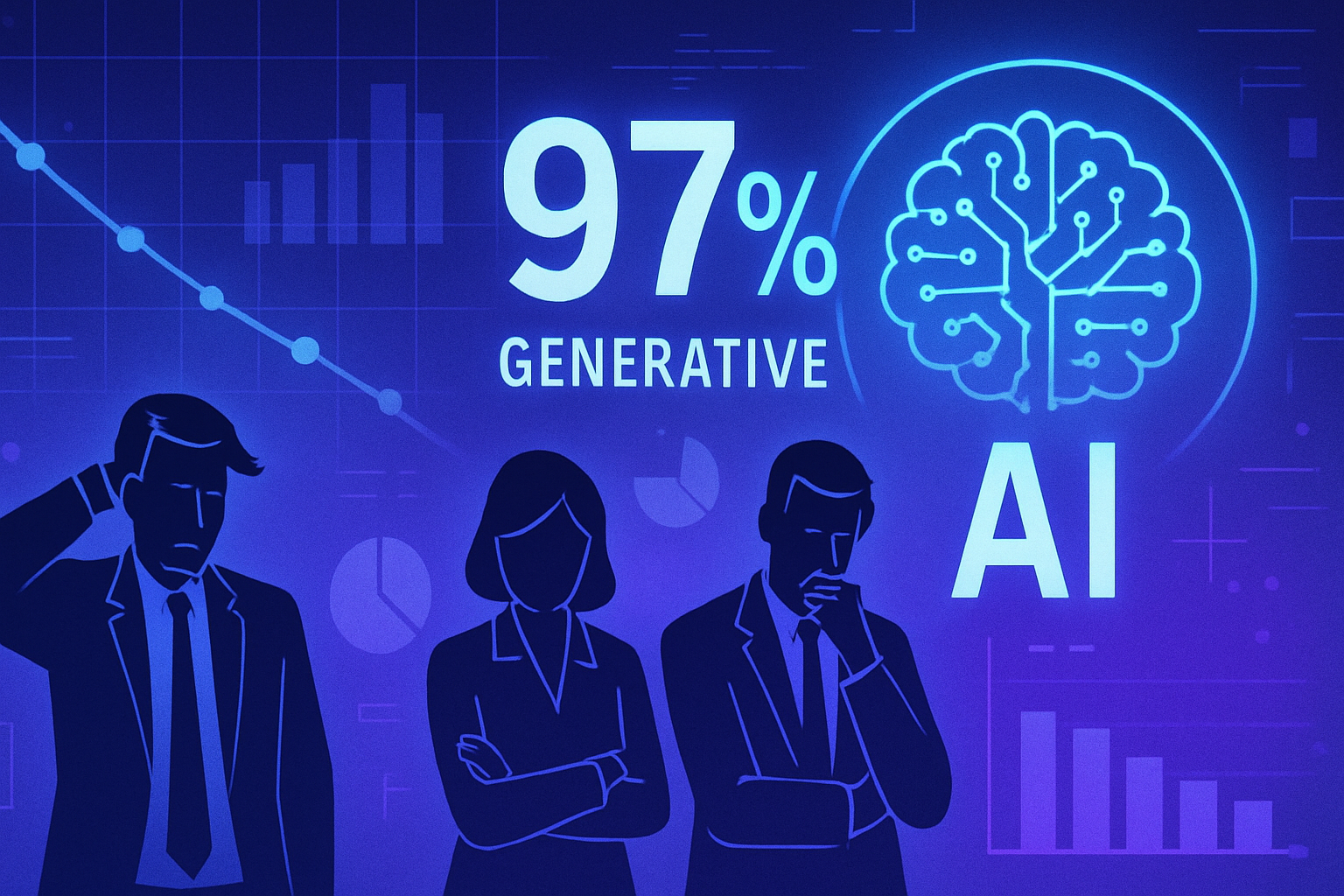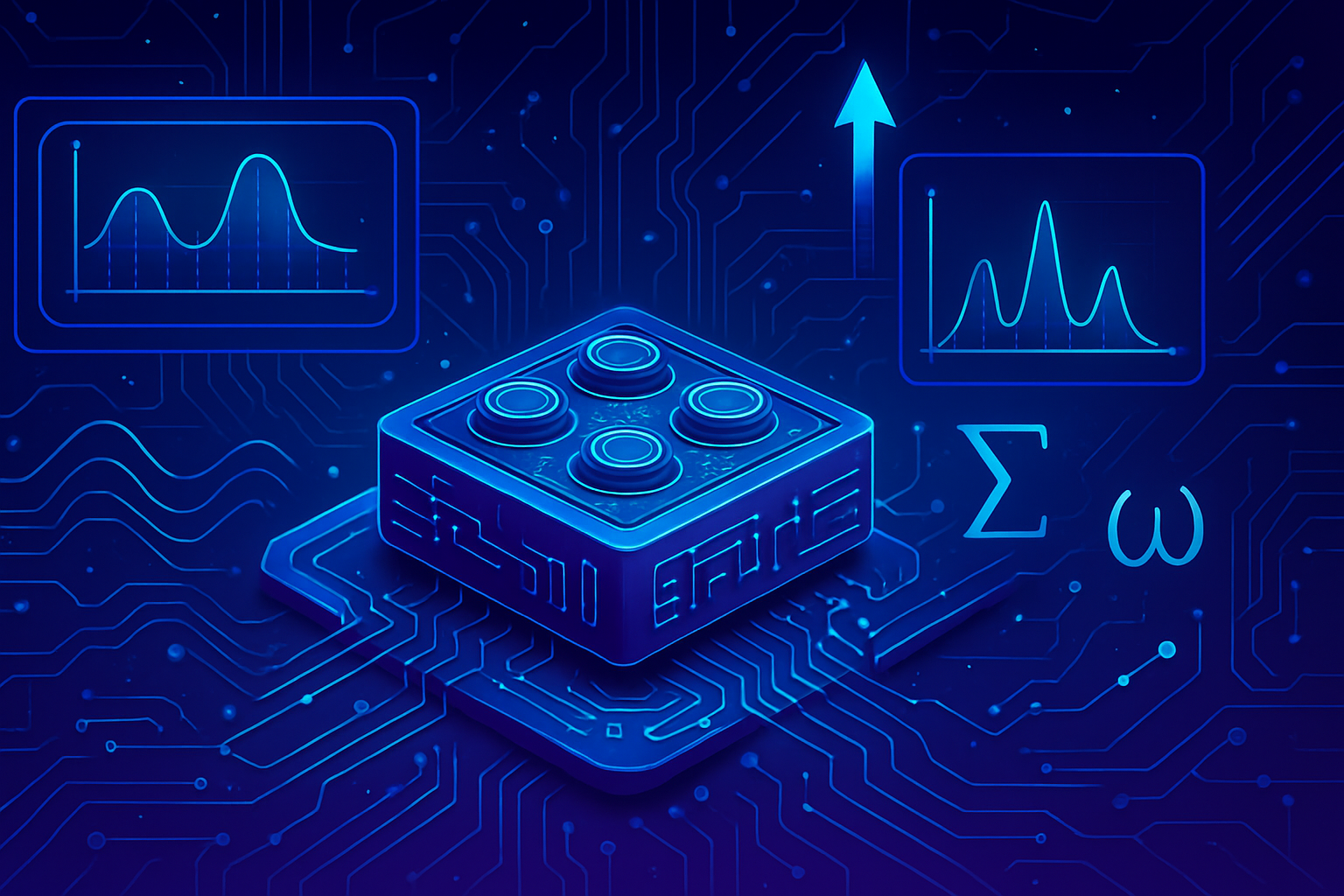Artificial intelligence is revolutionizing the way images are interpreted, deconstructing fixed categorizations. This innovative paradigm of contextual adaptation allows AI systems to redefine their approach according to specific expectations. Thanks to open ad-hoc categorization (OAK), visual identification becomes dynamic and resolutely contextual, transcending the usual limitations of image recognition.
Revolutionary AI System
A new AI system, based on the open ad-hoc categorization (OAK) method, identifies visual categories while adapting to various contexts. This model was developed by a team of researchers at the University of Michigan, with contributions from the Bosch Center for AI and other academic institutions. The principle of OAK relies on a dynamic interpretation of images, discarding traditional rigid categories.
OAK Principle
OAK detects different interpretations of an image based on various contexts. For instance, an image of shoes might resonate differently in a garage sale setting where the term “shoes” could also include hats or luggage. The flexibility of this system represents a significant leap compared to previous assumptions, where each image had a fixed meaning.
Development and Methodology
Researchers expanded the CLIP model, a vision and language system, by integrating contextual tokens. These instructional elements learn from both labeled and unlabeled data. The AI thus manages to extract specific visual features depending on the context, directing its attention toward relevant areas without explicit instructions.
Discovering New Categories
One of OAK’s impressive features lies in its ability to discover new categories. For example, when it comes to identifying items for sale at a garage sale, the system learns to recognize products like bags or hats, without having had prior examples. This ability arises from an innovative method that combines approaches of semantic guidance and visual clustering.
Interactions Between Approaches
Semantic guidance methods steer the system toward relevant proposals. When the model detects shoes, it suggests the possibility of hats based on linguistic associations. In parallel, detecting visual patterns in unlabeled data helps identify relevant categories through discovery. Both approaches thus collaborate during training, creating synergy.
System Performance
Tests performed on databases such as Stanford and Clevr-4 reveal impressive performance by OAK in terms of accuracy and concept discovery. It achieved a score of 87.4% accuracy in identifying emotions in the Stanford dataset, significantly outperforming previous models like CLIP.
Future Applications
The OAK method promises to have essential applications in various fields, including robotics. The ability to perceive the same environment from different angles, depending on the task, opens up new horizons. In a world where flexibility and adaptability of systems are crucial, this type of technological development could become indispensable.
For more information on AI innovations, readers can refer to this link: Studies on AI perception. Other research on complex coordinated systems can be viewed at this site.
For concerns regarding the use of images with racist connotations generated by AI, the situation is documented here: Italian Complaint.
The assessment of AI’s ability to solve visual puzzles is discussed in this article: Puzzles and Reasoning.
Frequently Asked Questions
How does the visual category identification process work in the AI system?
The AI system uses an Open Ad-hoc Categorization (OAK) approach that allows it to dynamically interpret images based on the given context, relying on both labeled and unlabeled data to identify both known and unknown concepts.
What are the differences between traditional categorization methods and OAK?
Unlike traditional methods that use fixed categories like “chair” or “dog,” OAK allows for rephrasing the interpretation of images according to the context, enabling, for example, categorizing an image of a person drinking as “drinking action” or “shopping situation” as needed.
How does OAK discover new categories not seen during training?
OAK combines top-down and bottom-up approaches. It uses semantic guidance to propose potential categories based on linguistic knowledge while spotting patterns in unlabeled visual data.
What types of data are necessary to train the OAK system?
The system can be trained with both labeled and unlabeled data, allowing it to adapt to different contexts without requiring a large amount of specific examples.
What practical applications can benefit from the OAK approach?
The OAK approach can be applied in fields such as robotics, where systems need to perceive and interpret their environment flexibly based on the tasks they perform at any given time.
What are OAK’s performance metrics compared to other image categorization models?
OAK has demonstrated leading-edge performance, achieving, for example, 87.4% accuracy in emotion recognition, outperforming models like CLIP and GCD by more than 50% across various image datasets.
Does OAK require frequent adjustments after the initial training?
No, OAK is designed to adapt to new contexts without losing existing knowledge, meaning it can operate effectively even after initial training with minimal adjustments needed.
How does OAK ensure adequate attention to the right parts of the image?
The model learns to focus on the relevant regions of images through training mechanisms that use contextual data, thereby providing flexible and interpretable results.
Can AI systems like OAK invent completely new categories?
Yes, OAK is capable of proposing and validating new categories by identifying patterns in unlabeled images that were not specifically taught during training, allowing for the dynamic discovery of new classifications.






